PGI-15 Tutorial
Introduction to Neuromorphic Computing
02.11.2023 | Emre Neftci, Susanne Kunkel, Jamie Lohoff, and Willem Wybo
Plan of PGI-15 Tutorial
- Today and Nov. 16: Introduction to Neuromorphic Computing [45 min]
- History of neuromorphic engineering
- Neuromorphic engineering today
- Neuroscience top-down modeling and neuromorphic computing: ML, ANN and SNN
- Synaptic plasticity and learning in the brain and hardware challenges
- Machine learning inspired models of neural computation (“Neuroai”)
- Nov 23. Susanne Kunkel Simulation of large spiking neural networks
- Nov 30. Jamie Lohoff A Primer on Deep Reinforcement Learning
- Dec 7. Willem Wybo Dendritic Models of Neural Computation
History of Artificial Intelligence and Neural Networks

McCulloch and Pitts
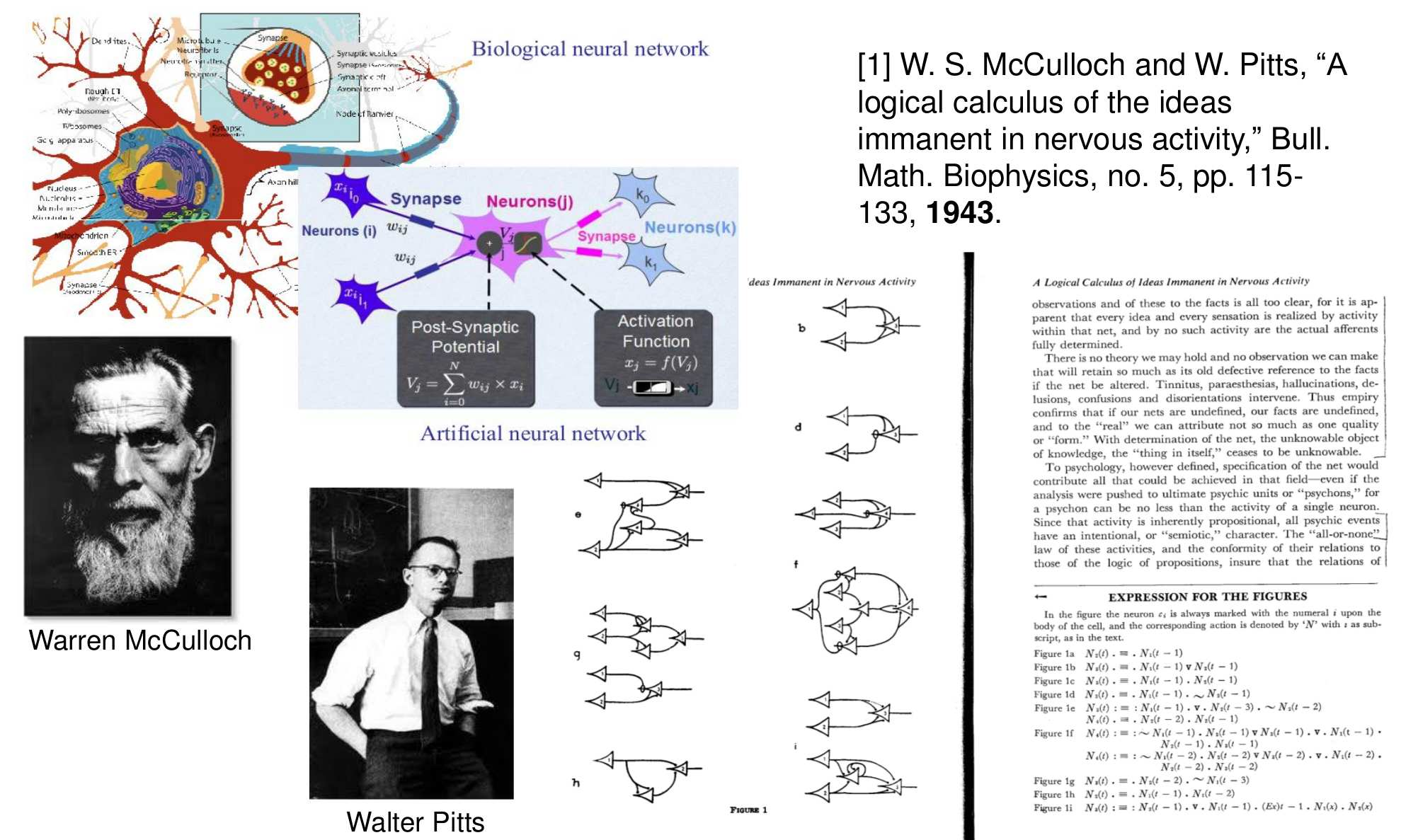
Slides Chrstian Gamrat, ESSDERC 2012
Perceptron Learning Rule

Slides Chrstian Gamrat, ESSDERC 2012
Limits of Perceptrons

Slides Chrstian Gamrat, ESSDERC 2012
History of Artificial Intelligence and Neural Networks

Modern AI/ML
Much AI/ML progress in the last decade can be attributed to better hardware and more data
Good old online backpropagation for plain multilayer perceptrons yields a very low 0.35% error rate on the MNIST handwritten digits benchmark. All we need to achieve this best result so far are many hidden layers, many neurons per layer, numerous deformed training images to avoid overfitting, and graphics cards to greatly speed up learning.
Ciresan et al. 2010
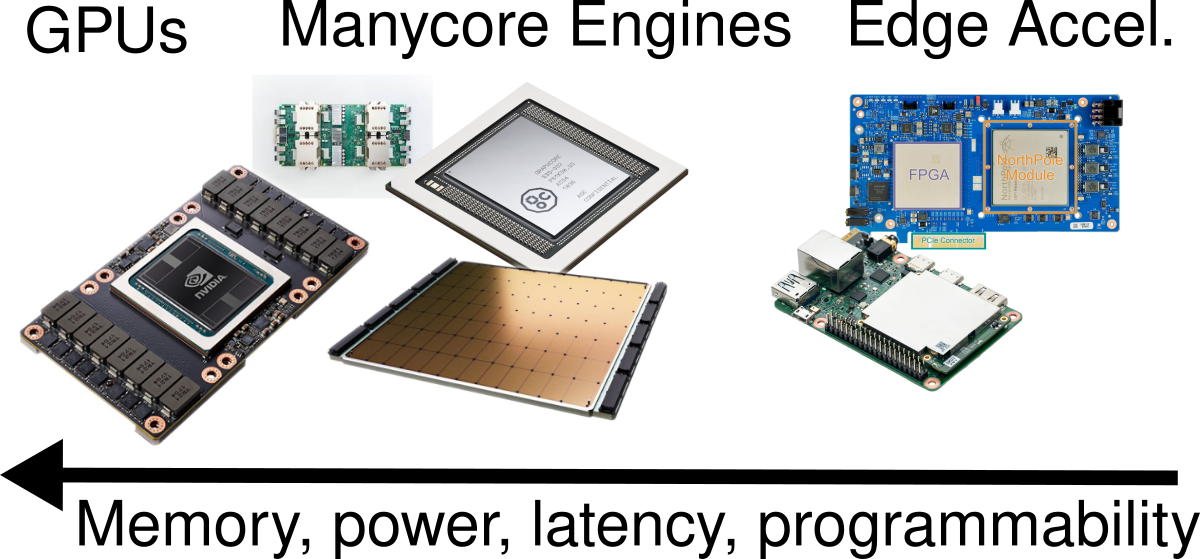
Processor Clock Speeds are Stalling
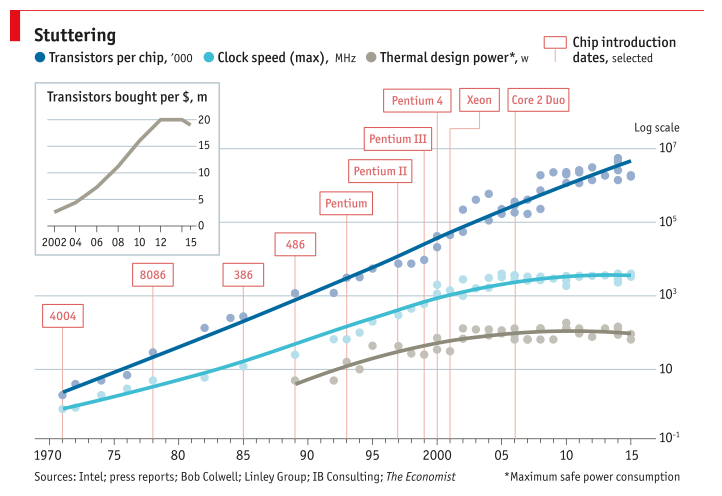
Why the Brain can do things a Computer Can't

Biological Neuron Models

See INM-6 Tutorial
The Distributed Organization of the Cortex
Distributed Organization of the Primate Visual Cortex
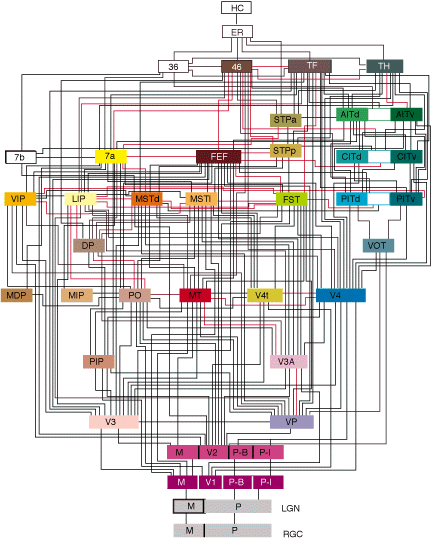
Felleman and Van Essen, Cerebral cortex, 1991
Pyramidal cells (Neurons) in the Cortex

Ramon y Cajal, 1911
See INM-6 TutorialTheoretical insights: Hopfield Nets

Slides Chrstian Gamrat, ESSDERC 2012
Meanwhile at Caltech

Slide by Tobi Delbruck, 2007
The Physics of Computation

Slide by Tobi Delbruck, 2007
The Physics of Computation

|
The constraints on our analog silicon systems are similar to those on neural systems: wire is limited, power is precious, robustness and reliability are essential.
Mead, 1989
|

|

|

The constraints on our analog silicon systems are similar to those on neural systems: wire is limited, power is precious, robustness and reliability are essential.
Mead, 1989


Analysis by Synthesis

Douglas and Mahowald
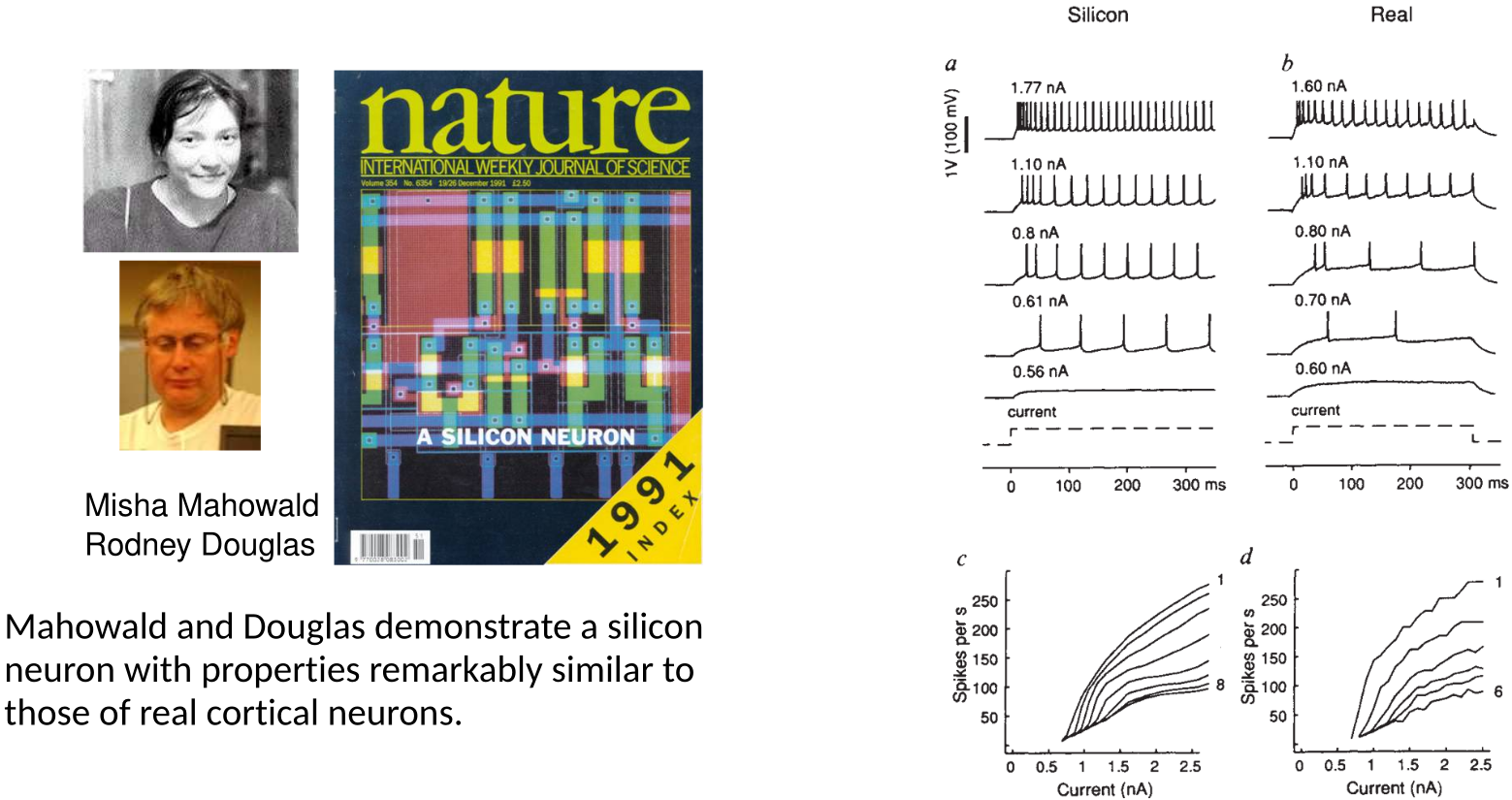
Emulation of the bio-physics of neural systems circuits

Chicca, Stefanini, and Indiveri, 2013
Event-based Communication
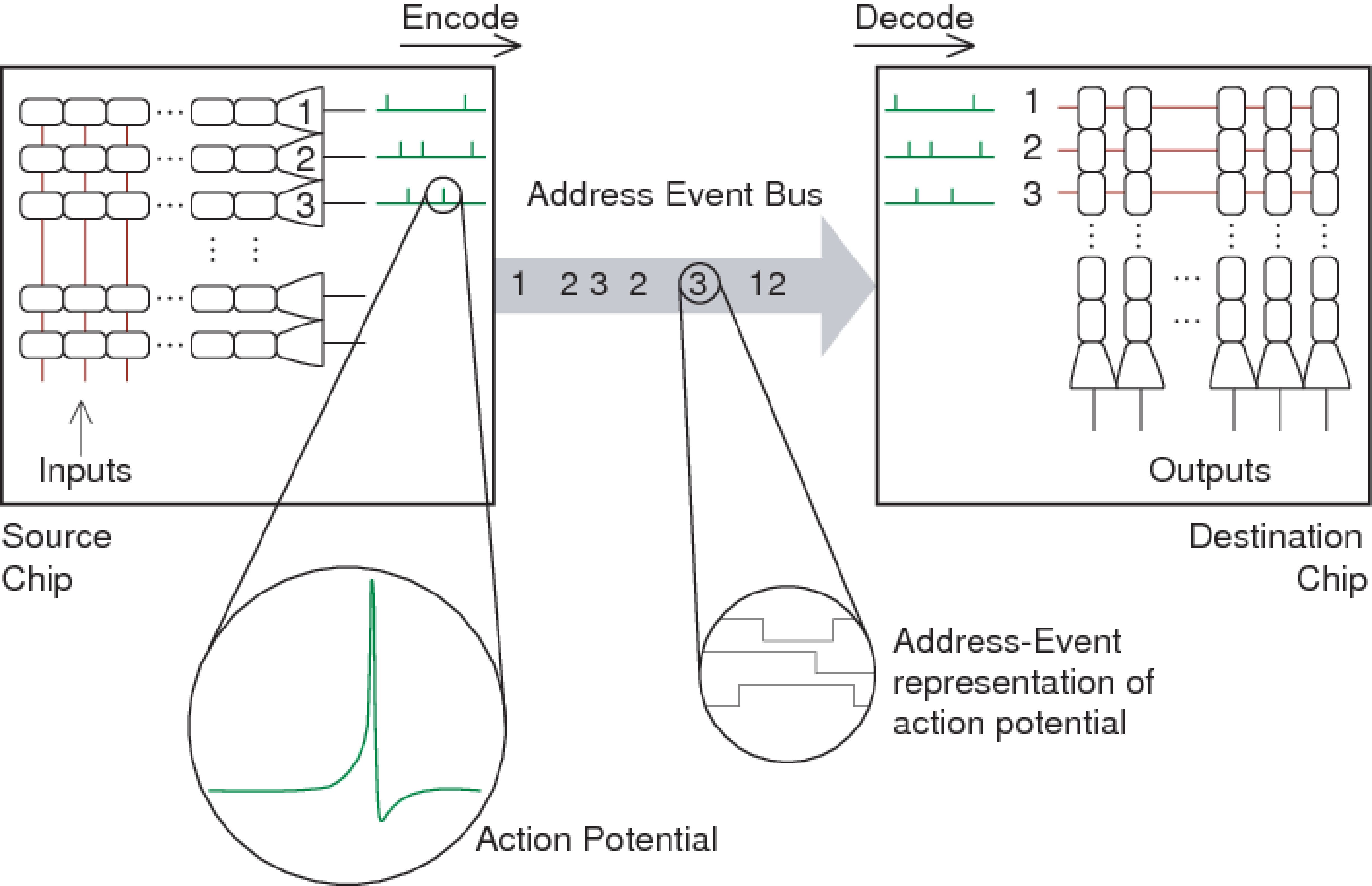
Deiss et al. 1993
The HydroNeuron
Neuromorphic Systems Development

Event-based Communication

-
Rich analog dynamics and sparsity (only spike events routed).
Local computation (Non von Neumann): + Scalability - Algorithmic challenge
Research in Neuromorphic Computing

There is a wide gap between AI and Machine Learning
